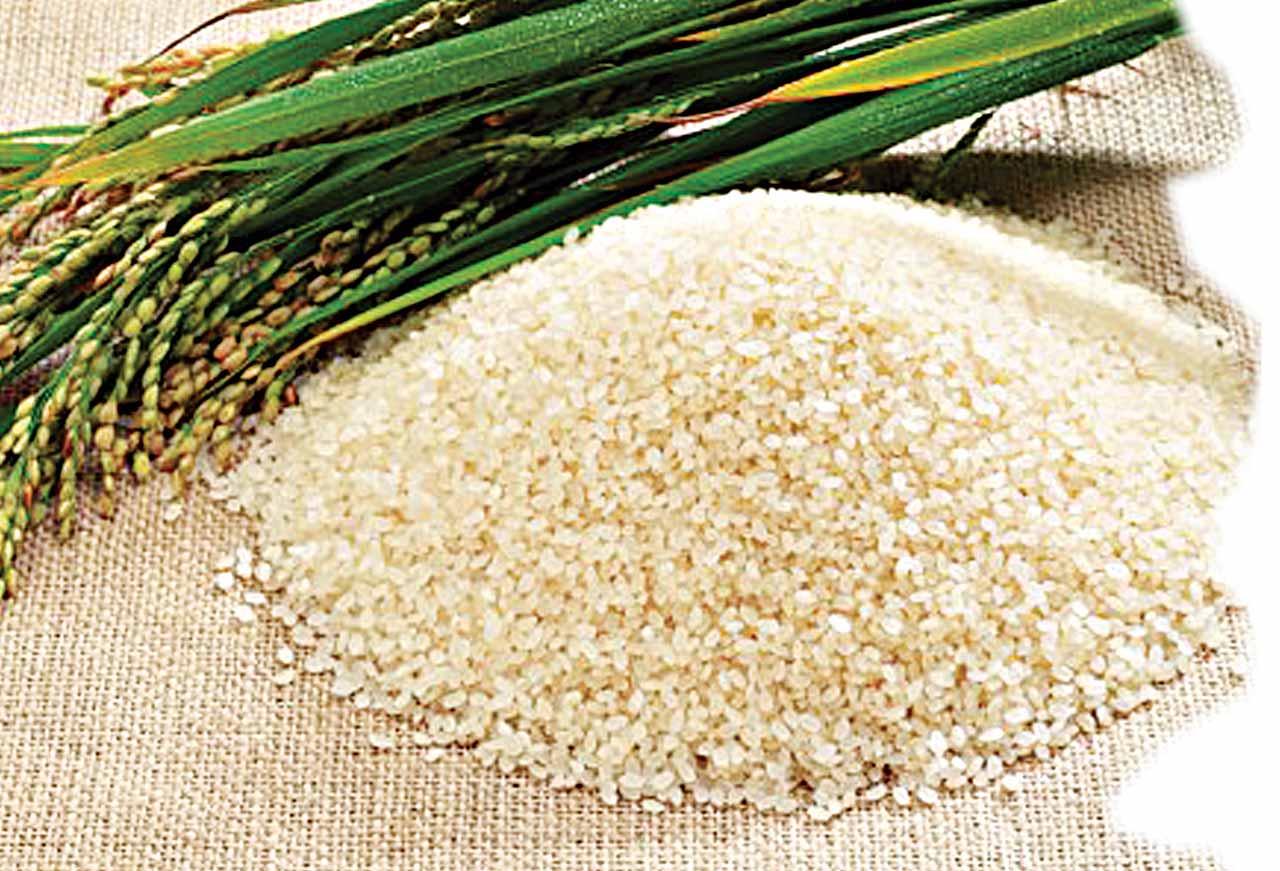A new report in Nigeria has shown that rice consumption in Nigeria has steadily risen, outgrowing local supply and creating a supply gap of about 2 million metric tons annually.
According to the AFEX Wet Season Crop Production Report for 2023, this has led to an over 37 per cent increase in the price of the commodity so far in 2023.
Rice dealers in Nigeria say the price of the commodity fluctuates on a daily basis and is heavily impacting their business. The rice dealers claimed the difference between now and this time last year is noticeable.
The bag was N28, 000 last year this time, however it is N42, 000 now and people are complaining of the money.
AFEX’s report says, Rice consumption in Nigeria has been steadily increasing, aligning with the consistent growth of the rice market, and nearly matching the annual population growth projection of 2.6 per cent
at two per cent.
The 37 per cent year-to-date price increase is driven by reduced production in 2022 due to the effects of flooding during the wet season of that year.
Richard Ogundele, an Agric Business expert, says that Nigeria is currently not self-sufficient in rice production compared to when it was in 2015.
In 2016, Nigeria was meeting 84% of its local demand because they were able to provide about 5.4M metric tons. However from 2016 till now, a lot of things have happened in the country. One is the population growth, two is insecurity. The price of input has also increased by about 30-40% due to inflation affecting the ability of small holder farmers to produce.
Rice production has gone down and cannot be compare with Vietnam and China rice that do two circles and have much higher yields levels. The report further explained that inputs are expensive and mechanization is high out there in Nigeria.
The report further said that it is ironic Nigeria is the largest producer of rice in West Africa, yet still needs to import the commodity. Globally, rice prices reached their highest point in nearly twelve years in
2023, primarily due to India’s ban on rice exports and the potential impact of El Nino on production in key regions.
These factors, along with rain-induced disruptions and variations in quality during Vietnam’s summer-autumn harvest have further contributed to the price surge. However, Nigeria has spent over $15 billion in the past decade to meet its expanding rice consumption, despite its potential to be a net rice exporter, according to AFEX.











